1. Doris Day
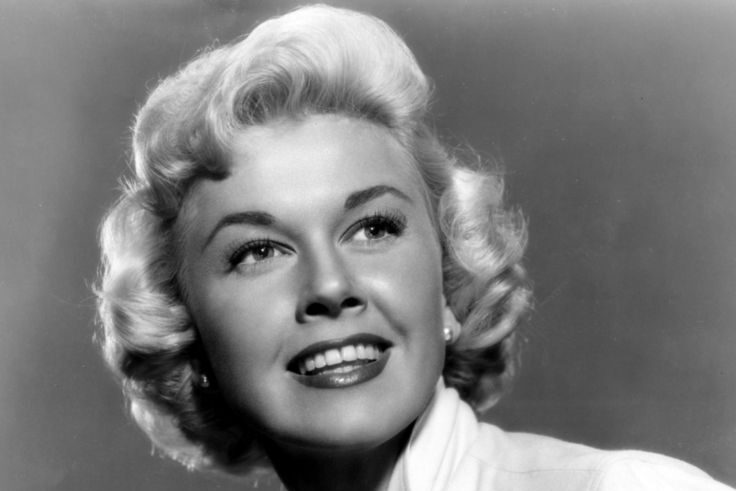
Billy Joel’s 1989 anthem rattled off 107 names, events, and cultural moments in just under five minutes, a rapid-fire time capsule of the 20th century. It began with a smile, and that smile belonged to Doris Day. She was Hollywood’s golden girl, a symbol of postwar optimism who filled screens with joy and songs that lingered in hearts. From Calamity Jane to Pillow Talk, her wholesome charm gave families something safe and sweet to hold onto. Her voice carried comfort, and when she sang “Que Sera, Sera,” it became more than a melody; it was a national lullaby. She stood for everything Americans wanted to believe in after the war: hope, grace, and the promise of brighter days. Billy Joel knew her name would spark that warm flicker of nostalgia, the sound of a gentler time echoing through decades of change.
2. Joe DiMaggio
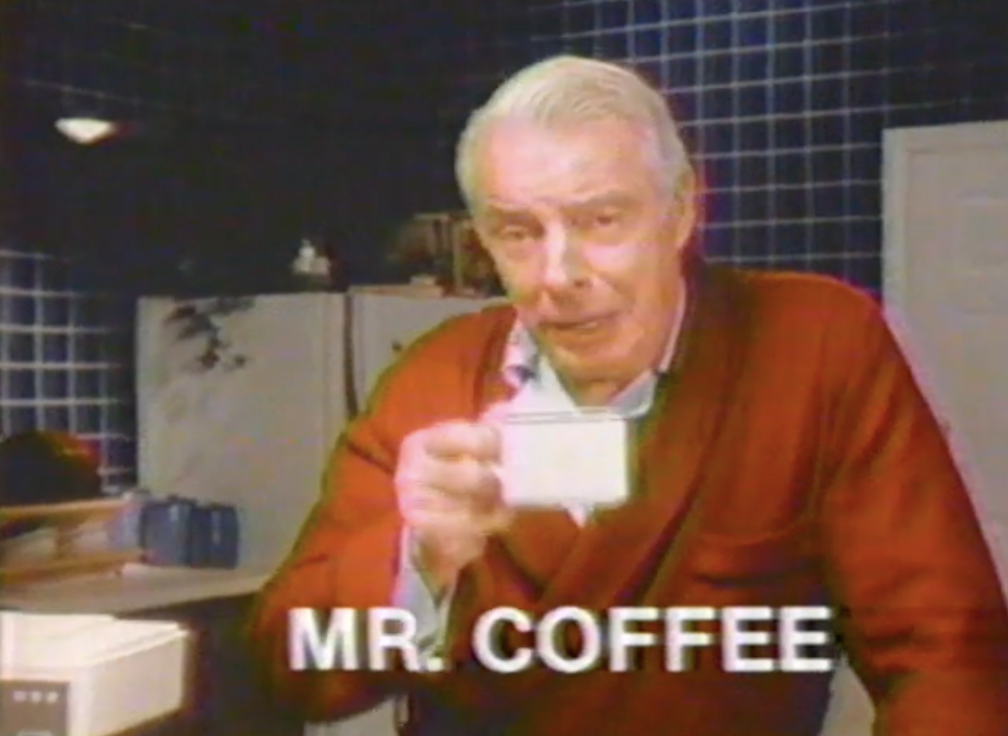
Then came the crack of the bat and the pride of the Yankees, Joe DiMaggio. To a nation that worshipped heroes, he was more than a ballplayer; he was a living symbol of excellence and grace. His 56-game hitting streak remains one of baseball’s most enduring legends, a feat so perfect it feels mythic. Kids copied his stance in sandlots, fathers admired his discipline, and sportswriters wrote about him like he was poetry in motion. His marriage to Marilyn Monroe joined two icons of beauty and power, creating one of pop culture’s most unforgettable pairings. When Billy Joel mentioned him, it wasn’t just about baseball but about America’s golden age, when heroes stood tall and silent, and victory felt pure. DiMaggio’s name carried dignity, the kind that still makes you pause when you hear it, remembering an era when greatness came with humility.
3. Studebaker
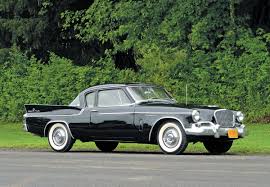
The Studebaker rolled onto the American highway as a promise of progress. Sleek, futuristic, and proudly different, it was the car that dared to dream bigger. Families admired its curves, its chrome shimmer, and its hopeful spirit, parking them proudly in driveways like trophies of success. The 1950s were built on ambition, and Studebaker embodied that optimism, though it couldn’t outrun the competition from Detroit’s giants. Still, for a moment, it felt like the future was parked right outside your window. Its name became a symbol of both innovation and innocence, a reminder that not every dream survives the race but every one of them matters. Billy Joel’s lyric nods to that blend of beauty and disappointment, a nostalgic image of the open road when America believed every journey led somewhere better, even if the car didn’t make it to the end.
4. Television
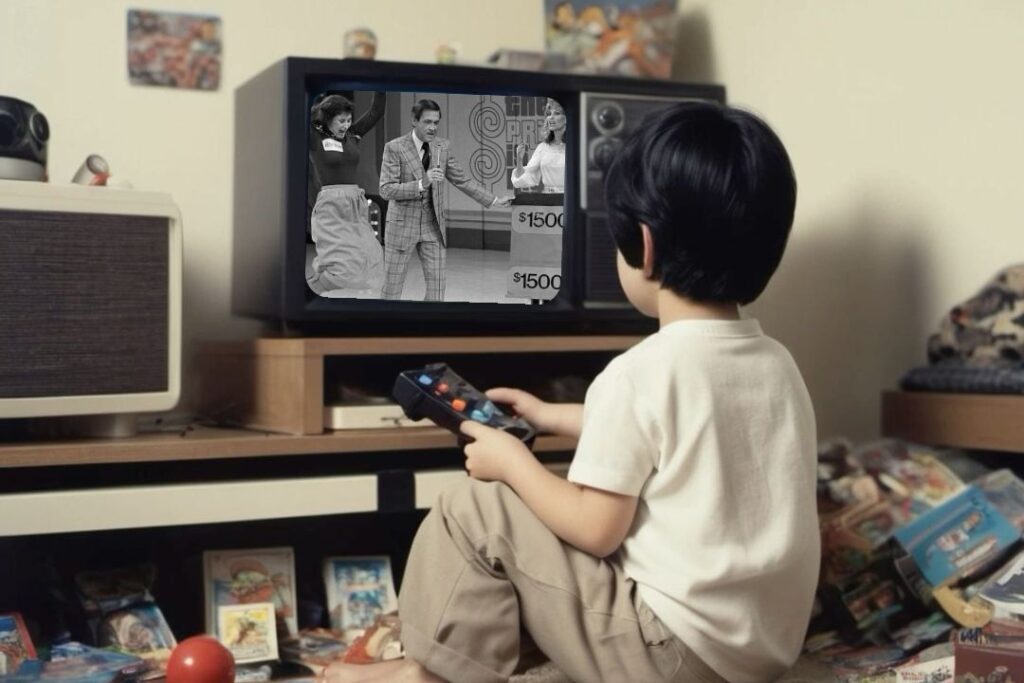
Before streaming and smartphones, there was the glowing hum of television, the heartbeat of the American living room. Families huddled close on worn couches, rabbit ears tilted just right, waiting for Lucy’s laugh or Ed Sullivan’s next surprise. It was the 1950s, and for the first time, the world fit inside a box. Neighbors watched the same shows, shared the same jokes, and saw history unfold right in front of them. Television became the great unifier, stitching the country together with light and laughter. Billy Joel’s mention captures that magic, when the screen wasn’t just entertainment but a shared experience, an electronic campfire where families gathered to escape, dream, and connect. It was the beginning of modern storytelling, the moment when flickering images became the soundtrack of our collective memory.
5. Marilyn Monroe
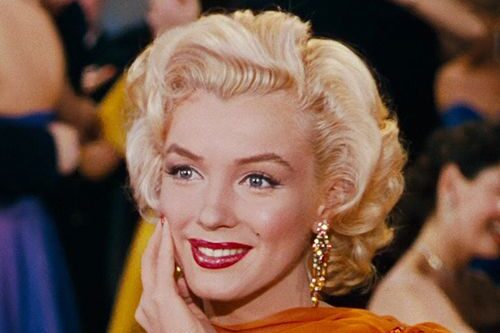
Few names sparkle quite like Marilyn Monroe. She wasn’t just a movie star; she was the embodiment of allure, vulnerability, and timeless glamour. Her smile could light a room, and her sadness could break a heart. Films like Some Like It Hot and Gentlemen Prefer Blondes turned her into legend, while her off-screen life made her human. She lived in a world that adored her yet misunderstood her, and that duality gave her story eternal depth. When Billy Joel sang her name, he evoked both the fantasy and the fragility of fame. Marilyn became more than a person; she was a feeling, the golden haze of a world that glittered on the surface but ached underneath. She remains frozen in time, forever young, beautiful, and mysterious, a haunting echo of Hollywood’s most unforgettable dream.
6. Sugar Ray
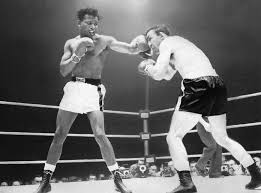
Sugar Ray Robinson danced across the ring like poetry in motion, his punches rhythmic, his movements graceful. In the smoky arenas of the 1950s, his name was magic. He wasn’t just a fighter; he was the definition of style and confidence, the kind of champion who made the world stop to listen to the radio. When Billy Joel sang “Sugar Ray,” he wasn’t just referencing a boxer but a symbol of triumph in a world craving heroes. Robinson’s success stretched beyond the ropes, inspiring generations to fight harder, move smarter, and live with flair. Fans still talk about his elegance and power, remembering the era when boxing wasn’t brutality but artistry. He made victory look effortless, proving that true greatness could be both beautiful and fierce. His legacy endures, a timeless rhythm of courage that still swings through American memory.
7. Marlon Brando
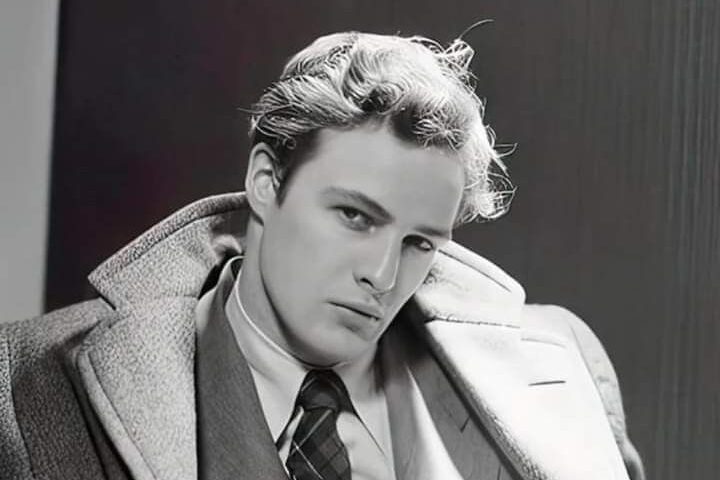
Marlon Brando didn’t just act; he transformed acting itself. When he roared “Stella” in A Streetcar Named Desire, audiences saw raw emotion like never before. He was unpredictable, magnetic, and completely real. The 1950s belonged to Brando, a man whose presence blurred the line between performance and truth. In The Wild One, with his leather jacket and rebel stare, he gave a generation permission to challenge everything. His influence stretched far beyond film, shaping how masculinity and vulnerability could coexist. Billy Joel’s nod to Brando is a salute to rebellion, to that spark of authenticity that changed Hollywood forever. Brando became more than a star; he was a movement, a cultural earthquake that made people feel something new. Even now, his voice, his stare, his silence still carry power, a reminder that art only matters when it’s honest.
8. The King and I
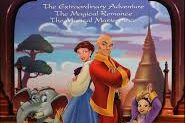
Broadway’s golden glow shone brightest with The King and I, a story of love, culture, and connection that swept audiences into another world. Rodgers and Hammerstein’s music filled theaters with elegance, while Yul Brynner’s powerful performance became iconic. For families, a night at the theater was an event, a chance to dress up, hum along, and forget everyday worries. Songs like “Getting to Know You” weren’t just show tunes; they became part of family soundtracks. Billy Joel’s mention captures that time when musicals weren’t background noise but emotional experiences shared across generations. The King and I wasn’t just entertainment; it was art that united people, bridging East and West, tradition and change. Its timeless message still lingers, reminding us that understanding and compassion can outshine even the grandest spectacle.
9. The Catcher in the Rye
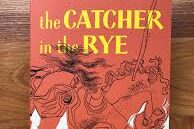
In a world obsessed with conformity, J.D. Salinger’s The Catcher in the Rye was the quiet rebellion nobody saw coming. Teenagers in the 1950s read it secretly, identifying with Holden Caulfield’s confusion and honesty. He didn’t want to grow up, didn’t trust phoniness, and his voice echoed the frustration of an entire generation. The book became a symbol of youth in transition, of innocence slipping away. Billy Joel’s lyric captures that moment when literature wasn’t just education but revelation. The Catcher in the Rye spoke truth in a whisper, showing that loneliness and searching could be universal. Even decades later, its pages feel alive with that same restless spirit. It’s a book you never outgrow because it reminds you that everyone, at some point, just wants to stand still while the world rushes by.
10. Polio Vaccine
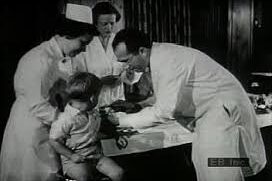
Hope came in a syringe when Jonas Salk introduced the polio vaccine in 1955. Before that, fear haunted playgrounds, and every cough carried dread. Parents lined up their children in gymnasiums, praying this new miracle would end the nightmare. And it did. The vaccine changed everything, turning anxiety into relief and science into salvation. Billy Joel’s lyric recalls that collective sigh, that sense of humanity working together for something good. It wasn’t politics or profit; it was progress, pure and simple. Kids returned to swimming pools, schools filled with laughter again, and America believed in its future a little more. The polio vaccine became proof that knowledge and courage could rewrite history, one small dose at a time. It remains one of the most uplifting moments in public health and human unity.
11. Liberace
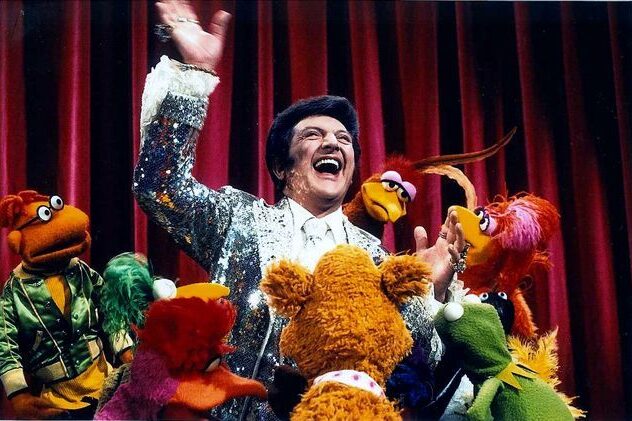
No performer shimmered brighter than Liberace, the man who made the piano a stage of glitter and dreams. With his candelabras, jeweled costumes, and wide smile, he turned classical music into pop spectacle long before it was cool. His television show brought sparkle into homes across America, blending humor, charm, and showmanship in a way no one had seen before. Audiences adored him because he gave permission to enjoy art without pretense, to celebrate beauty and excess without shame. Critics called him flamboyant, but Liberace knew that joy was his real instrument. Billy Joel’s nod to him wasn’t about extravagance alone but about individuality, the courage to stand out in a gray world. He represented the confidence of the 1950s, when entertainment was as much about heart as performance. His legacy lives wherever talent meets charisma and a little bit of glitter.
12. Rock Around the Clock
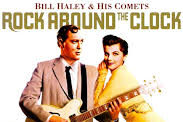
When Bill Haley and His Comets recorded Rock Around the Clock in 1954, they couldn’t have imagined the revolution it would ignite. The song didn’t just play on radios; it roared through jukeboxes, car speakers, and teen dance halls, waking a generation hungry for rhythm and rebellion. It was the moment rock and roll truly arrived, the anthem that gave youth a voice. Parents were scandalized, teachers frowned, but teenagers found freedom in every beat. Billy Joel’s reference captures that electric shift, when music stopped asking for permission and started demanding expression. Rock Around the Clock became more than a song; it was a movement, a pulse of energy that carried the world into a new cultural era. Even now, that opening riff feels like lightning, reminding us that every great change begins with a sound that refuses to stay quiet.
13. James Dean
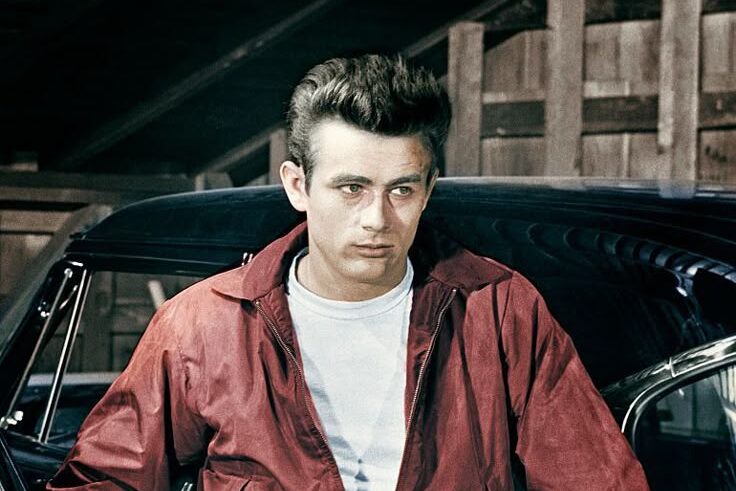
James Dean was the face of rebellion, the boy who burned too bright to fade. In only three films, he became a symbol of restless youth searching for meaning in a world that didn’t understand them. Rebel Without a Cause captured that ache perfectly, and his tragic death at just 24 froze his image in time. Billy Joel’s mention of him is pure nostalgia, a nod to innocence lost and identity found. Dean’s smirk, his slouch, his quiet defiance became the blueprint for cool. He wasn’t just acting; he was revealing something raw about being young and misunderstood. Even decades later, his eyes in black and white still pull you in. He represented every dreamer who felt too big for the world around them, every soul that wanted to live fast, feel deeply, and somehow leave a mark that never fades.
14. Brooklyn Dodgers Win
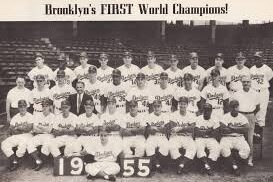
When the Brooklyn Dodgers finally won the World Series in 1955, it was more than a baseball victory; it was redemption. For years, they had been the lovable losers, the team that came close but never crossed the line. When they finally did, the borough erupted. Streets filled with cheering, church bells rang, and strangers hugged in celebration. Billy Joel’s lyric captures that local pride, that blue-collar triumph that meant everything to a community. But the joy was bittersweet, because just two years later, the team would move to Los Angeles, breaking Brooklyn’s heart. Still, that championship remains sacred, a moment of unity and elation that no relocation could erase. It’s nostalgia at its purest, proof that sometimes, victory is not just about the scoreboard but about faith rewarded and memories that outlive the game itself.
15. Davy Crockett Craze
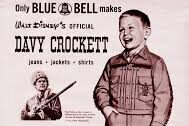
Before superheroes and video games, there was Davy Crockett, the coonskin-capped king of the frontier. When Disney’s television series hit the air in the mid-1950s, it turned history into a playground and children into adventurers. Every kid wanted a hat, a toy rifle, and a theme song that promised courage and freedom. The Davy Crockett craze was one of television’s first great marketing storms, filling stores and imaginations alike. Billy Joel’s reference taps into that innocence, when entertainment was simple yet thrilling. It was about exploration, bravery, and pretending the backyard was a wild frontier. Though fads fade, this one left its mark as the blueprint for every pop culture craze that followed. Davy Crockett wasn’t just a character; he was a spark that lit the imagination of a postwar generation ready to dream again.
16. Peter Pan
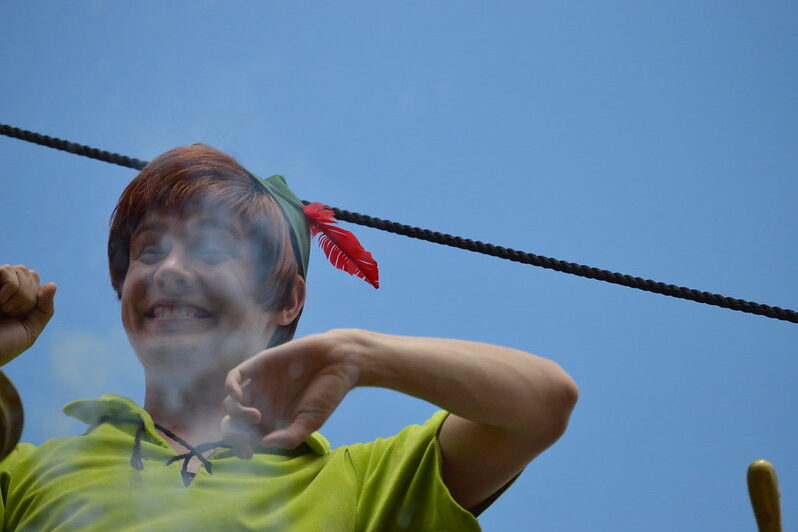
Peter Pan soared across black-and-white screens in 1955, and for a single evening, America believed in magic. Mary Martin’s performance in the televised musical made children gasp as she flew across living rooms, reminding everyone that imagination had no limits. It wasn’t just theater; it was a shared national moment, one of television’s earliest miracles. Families gathered in pajamas, eyes wide, hearts light. Billy Joel’s lyric remembers that innocence, that golden era when television didn’t divide people but brought them together to dream. Peter Pan became a symbol of eternal youth, of holding onto wonder even as the world rushed forward. The magic of that night lingers in collective memory, proof that the simplest stories often carry the deepest truths: to believe, to imagine, and to never let go of the child within.
17. Elvis Presley
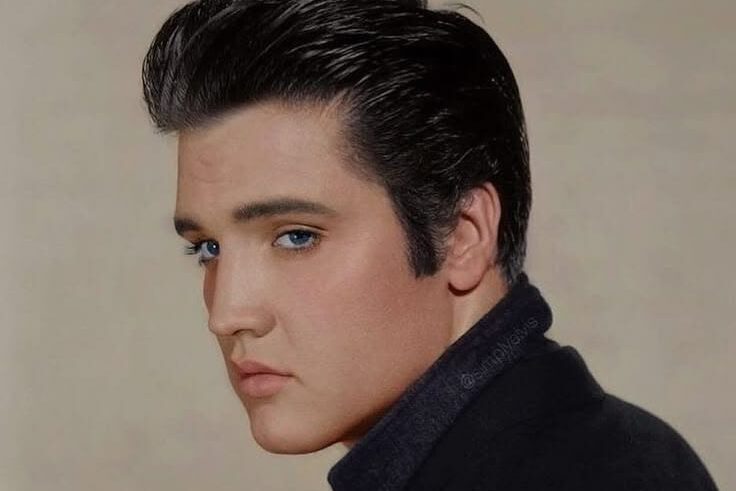
Then came the sound that shook the world. Elvis Presley, with his slick hair, soulful eyes, and contagious rhythm, redefined what music could feel like. His voice was both velvet and thunder, and his moves made parents gasp while teenagers screamed. He bridged gospel, blues, and rock into something raw and alive. Appearing on The Ed Sullivan Show, he became an instant icon, his hips censored but his power undeniable. Billy Joel’s reference to Elvis honors the birth of modern pop culture, when one man could make the whole world listen differently. Elvis wasn’t just a performer; he was a movement, a revolution in a rhinestone suit. His presence marked the shift from the clean-cut fifties into the wild freedom of the sixties. Decades later, his echo still lingers wherever a song starts with rhythm and heart.
18. Disneyland
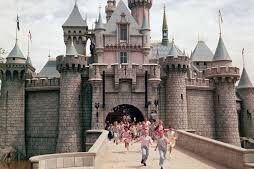
When Disneyland opened its gates in 1955, it became more than a park; it was a dream you could walk through. Walt Disney turned imagination into geography, giving families a place to explore worlds that once lived only in storybooks. Children met Mickey, parents forgot their worries, and everyone believed in magic, even for a day. Billy Joel’s nod to Disneyland captures that era of wonder, when optimism was something you could buy a ticket to. The park symbolized progress and innocence, a celebration of childhood that never needed an excuse. From Sleeping Beauty’s Castle to spinning teacups, it became an American ritual, a happy escape that still feels timeless. Disneyland wasn’t just a place; it was a promise that imagination could be real, that even adults could believe in fairy tales again.
19. Brigitte Bardot
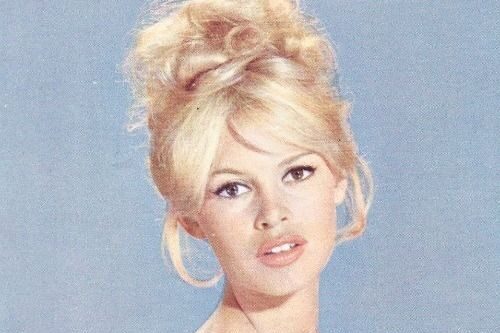
Brigitte Bardot was the definition of effortless allure, a French actress who turned heads and rewrote the rules of femininity. In the 1950s and early 1960s, she embodied the new woman: confident, sensual, and unapologetically free. Her films captured rebellion without words, her image graced magazine covers around the world, and her spirit became an anthem of liberation. Billy Joel’s inclusion of her name evokes that blend of sophistication and daring that defined postwar Europe. Bardot wasn’t just beautiful; she was a cultural shift, proving that glamour could also mean independence. She inspired fashion, music, and even social change, living life on her own terms. Though she eventually stepped away from fame, her influence lingers in every star who embraces both strength and softness. She remains an icon of the moment when women started claiming the spotlight as their own.
20. Princess Grace
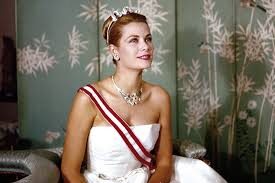
When Grace Kelly became Princess Grace of Monaco, the world sighed in collective wonder. Her marriage to Prince Rainier in 1956 was the ultimate fairy tale, a Hollywood star transforming into real royalty. She was elegance personified, with her soft-spoken grace and flawless poise. Billy Joel’s mention of her recalls an age when love stories were grand and dreams felt within reach. Her image filled magazines, and her story captured imaginations far beyond cinema. Even after leaving Hollywood, she remained a symbol of beauty and refinement, admired by generations. Yet her life also carried tragedy, making her story as human as it was magical. Princess Grace remains a lasting reminder that sometimes, fantasy and reality meet in one unforgettable person, leaving behind a legacy as graceful as her name.
21. Peyton Place
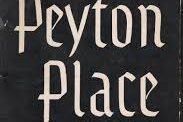
When Peyton Place hit bookshelves in 1956, it shattered the illusion of small-town perfection. Grace Metalious’ novel exposed scandal, gossip, and hidden passions behind white picket fences. It was daring, shocking, and impossible to ignore. Readers hid copies under beds while critics debated its morality. Billy Joel’s lyric recalls that tension between innocence and exposure, when America began confronting the darker truths beneath its wholesome image. The later film and television versions made the story even more famous, sparking conversations about repression and desire in ways polite society wasn’t ready for. Peyton Place wasn’t just entertainment; it was a mirror held up to the suburbs, showing that even the quietest streets had secrets. It became one of the first cultural phenomena to prove that truth, no matter how messy, always finds its way into the light.
22. Mickey Mantle
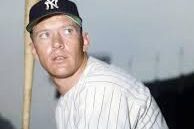
Mickey Mantle was the kind of hero every kid wanted to be. Wearing the Yankees’ pinstripes, he swung with power, ran with grace, and made the impossible look easy. His strength on the field and charm off it made him an all-American icon. Billy Joel’s nod to Mantle celebrates that pure era of baseball, when trading cards were treasures and legends were born under summer skies. Mantle wasn’t perfect, but that made him relatable. His battles with injuries and fame humanized him, turning him from superhero to everyman. To fans, his name still smells like fresh-cut grass and stadium lights. He represented childhood wonder, the belief that heroes could exist just beyond the outfield fence. His legacy is the sound of a crowd holding its breath, waiting for the crack that sends dreams soaring high into the night.
23. Jack Kerouac
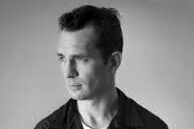
With On the Road, Jack Kerouac gave restless souls a map for freedom. His words pulsed like jazz, wild and unfiltered, capturing the Beat Generation’s hunger for meaning. It was a book that spoke to anyone who ever wanted to escape routine and chase something bigger. Billy Joel’s lyric honors that spirit of exploration, that open highway where discovery mattered more than destination. Kerouac’s writing became a cultural compass, inspiring artists, wanderers, and rebels alike. He turned motion into poetry and travel into philosophy. The world he painted wasn’t tidy, but it was alive, filled with truth and rhythm. His legacy is every road trip that begins with a full tank and a question. On the Road wasn’t just a novel; it was a declaration that the journey itself is what makes us human.
24. Sputnik
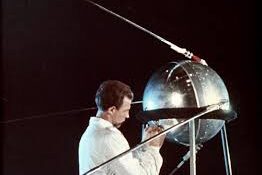
When the Soviet Union launched Sputnik in 1957, the world looked up in awe and fear. The small metal sphere beeped across the night sky, marking the beginning of the Space Race. For Americans, it was both a challenge and a wake-up call. Children learned about satellites, teachers taught space science, and suddenly the stars felt closer than ever. Billy Joel’s lyric captures that mixture of wonder and worry, when technology leapt forward faster than anyone imagined. Sputnik turned curiosity into competition, pushing humanity toward new frontiers. It was proof that progress never sleeps and that discovery can unite or divide. That tiny satellite became the spark for NASA, moon dreams, and generations of scientists who still chase the unknown. It was the moment Earth realized how small it really was, floating together beneath a vast and endless sky.
25. Bridge on the River Kwai
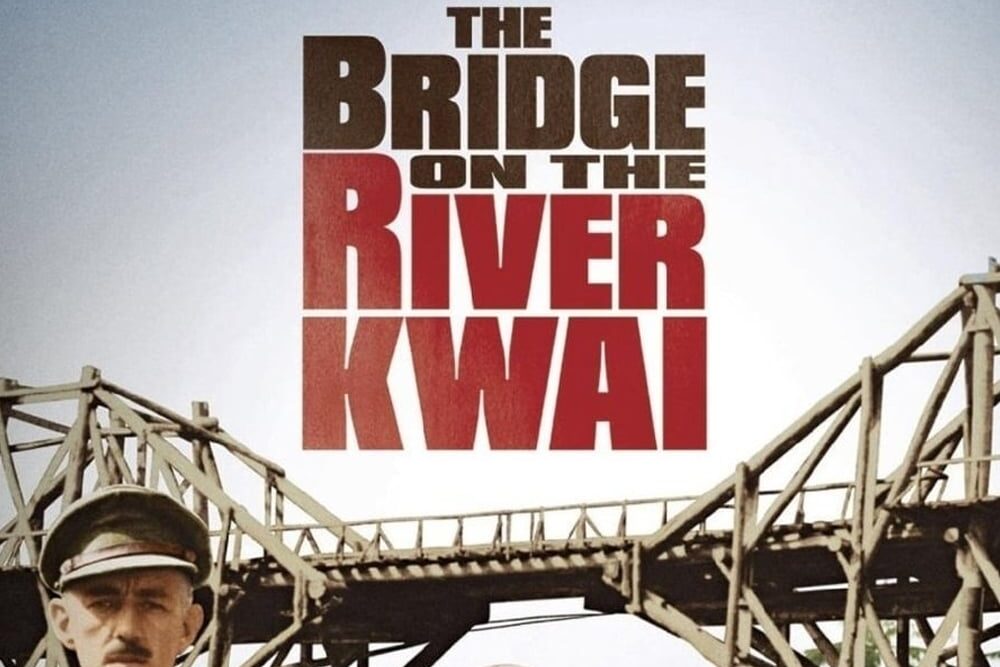
In 1957, Bridge on the River Kwai swept audiences into one of the most powerful war dramas ever filmed. With its haunting whistle theme and complex moral story, it captured both the horror and humanity of conflict. People left theaters humming its tune and pondering its message about pride and obedience. Billy Joel’s reference to it reflects how cinema shaped the collective conscience of its time. It wasn’t just a movie; it was an event that made people think deeply about honor, survival, and redemption. The film’s craftsmanship, emotion, and intensity set new standards for storytelling. It stands as a reminder that even amid destruction, art can build bridges between people, ideas, and generations. Bridge on the River Kwai remains one of those rare films that define not only their era but the human spirit itself.
26. California Baseball
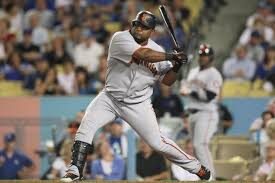
When the Dodgers and Giants packed up and headed west in 1958, baseball’s map changed forever. New York mourned, but California rejoiced, welcoming the sport with open arms and sunshine. Stadiums filled with new fans, and America’s pastime truly became a coast-to-coast obsession. Billy Joel’s mention of California Baseball captures that moment of expansion, when dreams moved west like so many families chasing opportunity. It was more than relocation; it was reinvention. The move symbolized the country’s shifting balance, where the old met the new under palm trees and blue skies. For kids growing up in Los Angeles and San Francisco, baseball became local magic, and for New Yorkers, it became nostalgia tinged with loss. That transition marked the end of one era and the beginning of another, proving that even in change, tradition can find new homes.
27. Buddy Holly
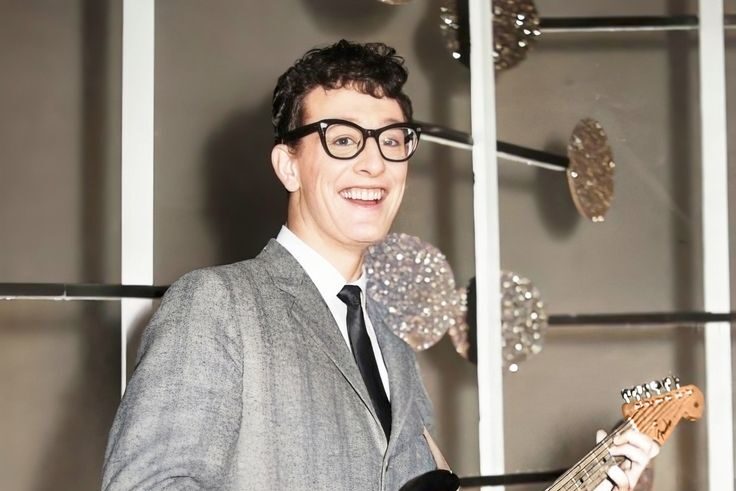
With his horn-rimmed glasses and easy grin, Buddy Holly helped invent rock and roll’s heartbeat. Songs like That’ll Be the Day and Peggy Sue burst with youthful joy, defining the late 1950s sound. He wrote, recorded, and performed with sincerity that felt refreshingly simple in a growing commercial world. Teenagers idolized him because he made music seem reachable, not something reserved for superstars. His tragic death in a 1959 plane crash was called “the day the music died,” freezing his legacy in eternal youth. Billy Joel’s lyric resurrects that memory, reminding us of a boy with a guitar who changed everything before the world was ready. Holly remains the bridge between innocence and innovation, a symbol of how quickly brilliance can burn bright and disappear, leaving a melody that never fades.
28. Ben-Hur
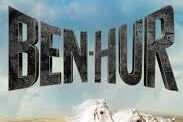
In an age before streaming and CGI, Ben-Hur was the ultimate spectacle. Its 1959 release turned theaters into temples of wonder, drawing families for an all-day experience. The chariot race scene became legendary, a moment of pure cinematic adrenaline that left audiences breathless. It wasn’t just a movie; it was an event that united generations through awe. Starring Charlton Heston, the film’s themes of faith, revenge, and redemption reflected the moral struggles of the time. Billy Joel’s mention evokes that era when movies felt monumental, when going to the cinema meant stepping into another world. Ben-Hur reminded people of courage, sacrifice, and the power of storytelling to transcend the screen. Even now, its grandeur stands tall, echoing a time when Hollywood built worlds not with computers but with conviction and craft.
29. Space Monkeys
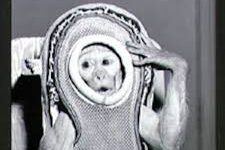
Before humans ever left Earth’s orbit, tiny astronauts paved the way. In the late 1950s, space monkeys became unlikely heroes of the Space Race. Names like Able and Baker were broadcast on classroom televisions, their missions followed with hope and worry. Kids marveled at the idea of animals floating among stars, while parents held their breath, torn between curiosity and concern. Billy Joel’s lyric captures that peculiar mix of pride and innocence, when science felt like magic and discovery still belonged to everyone. Those small primates weren’t just experiments; they symbolized courage on behalf of humanity. They taught us how fragile and fearless exploration could be, marking a step toward dreams that once seemed impossible. Their story still lingers in nostalgia’s orbit, reminding us how even the smallest lives helped launch the biggest leap.
30. Hula Hoops

In the late 1950s, Hula Hoops spun their way into backyards, playgrounds, and living rooms across America. It was a simple toy, just a plastic ring, but it captured the spirit of a carefree era. Kids twirled them for hours, competing to see who could keep it spinning longest, while parents smiled from porches, amused by the harmless craze. It was colorful, cheap, and joyful, everything postwar families wanted life to feel like. Billy Joel’s nod to Hula Hoops isn’t just about the toy; it’s about that shared sense of fun before screens and schedules took over. The sound of laughter and plastic rings hitting the ground still feels like summer. For a brief, shining moment, the whole country was spinning together, caught up in the rhythm of innocence and simple delight.
31. Edsel
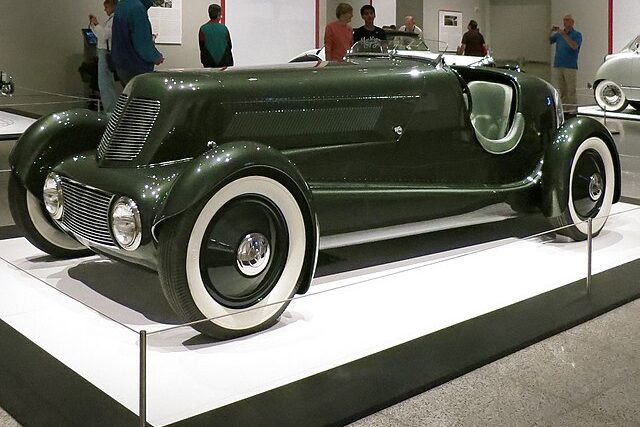
The Ford Edsel was supposed to be the future. With its sleek lines and bold design, it arrived in 1957 to enormous hype, promising to change driving forever. Instead, it flopped spectacularly, becoming one of history’s most famous failures. The car was too expensive, too different, and poorly timed, arriving during a recession. Yet the Edsel’s story became more than a corporate mistake; it turned into a cultural lesson about expectations and ambition. Billy Joel’s lyric recalls it not as a joke but as a symbol of mid-century optimism that sometimes outpaced reality. For many, the Edsel represents the American dream in reverse—proof that innovation can stumble but still inspire. Even today, collectors cherish the few surviving models, honoring the car that dared to be different, even if it couldn’t keep up with the road ahead.
32. Payola
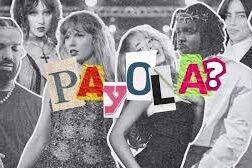
The word Payola rang through headlines in the late 1950s, shaking the shiny surface of rock and roll. Radio DJs had been taking bribes to spin certain records, shaping teenage taste through hidden deals. When the scandal broke, it revealed how powerful music had become as a cultural force. Parents were outraged, politicians got involved, and the industry was forced to face its growing influence. Billy Joel’s mention reminds us that behind every jukebox hit was a story of money, manipulation, and passion colliding. Yet the scandal couldn’t stop the music; it only proved how deeply it mattered. Payola became part of rock’s mythology, the moment when rebellion met business head-on. It was messy, revealing, and unforgettable, a reminder that every revolution has its price, even the one set to a perfect beat.
33. Chubby Checker
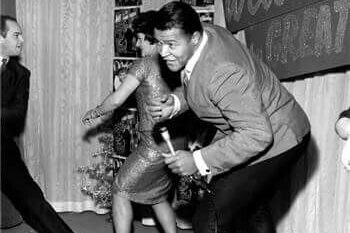
When Chubby Checker hit the stage with The Twist in 1960, he changed how people danced forever. Gone were the structured steps of the past; now, everyone—from teenagers to grandparents—could move freely. It was simple, fun, and wildly contagious. Checker’s charm and the song’s energy turned dance floors into celebrations of freedom. “Come on, baby, let’s do the twist,” he sang, and the world obeyed. Billy Joel’s lyric remembers that electric moment when America loosened up, finding joy in motion and rhythm. The Twist wasn’t just a dance; it was a cultural reset, breaking barriers of age, class, and even race. Checker didn’t invent joy, but he gave it a soundtrack. That spinning movement captured the spirit of a decade beginning to change, one carefree spin at a time.
34. Psycho
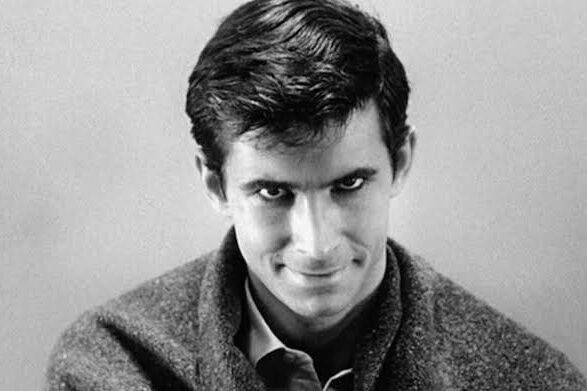
Alfred Hitchcock’s Psycho shocked the world in 1960, redefining what a movie could be. Audiences screamed, critics debated, and the famous shower scene became cinema’s most chilling moment. Hitchcock broke every rule, refusing to show the film late or allow anyone in after it started. It was bold, strange, and brilliant. Billy Joel’s lyric captures that sense of artistic courage, when entertainment stopped playing it safe. Psycho wasn’t just a horror film; it was a cultural jolt, forcing people to confront fear and morality through art. Its stark black-and-white imagery and haunting score still echo through pop culture. Hitchcock proved that audiences could handle more than comfort—they craved the thrill of the unknown. In doing so, he changed storytelling forever, turning a simple thriller into an unforgettable mirror of human darkness.
35. Ernest Hemingway
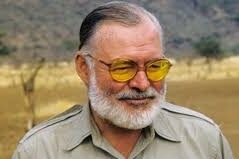
Ernest Hemingway lived and wrote with unfiltered truth. His words were lean, his life adventurous, and his death in 1961 left behind a silence that felt too heavy. Novels like The Old Man and the Sea and A Farewell to Arms shaped generations, teaching that courage often means enduring. Billy Joel’s lyric nods to more than a writer; it honors a philosophy of strength through simplicity. Hemingway’s rugged mystique, from bullfights to battlefields, made him larger than life. Yet behind that toughness was a poet’s soul, wrestling with meaning. His passing marked the end of an era when authors were heroes, their words shaping public thought. Even now, his sentences still cut like truth itself—short, powerful, eternal. In remembering Hemingway, Joel captures the ache of brilliance that burned too bright, too human, and too fast.
36. Stranger in a Strange Land
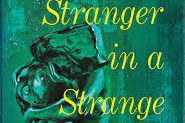
In 1961, Robert Heinlein’s Stranger in a Strange Land gave readers a new way to see humanity. The science fiction novel was bold, philosophical, and strangely spiritual, introducing the word “grok” into pop culture. Young readers embraced it as a manifesto for freedom, questioning authority and social norms. Billy Joel’s mention reflects how deeply it resonated during the turbulent 1960s, a decade hungry for ideas that challenged conformity. Heinlein’s book wasn’t just about Mars or aliens; it was about understanding each other on Earth. It became a counterculture favorite, passed between college students like secret wisdom. Stranger in a Strange Land captured a moment when imagination felt revolutionary, when fiction could spark self-discovery. Its influence remains alive wherever people dare to think differently and believe that empathy might just be the most alien—and human—thing of all.
37. Bob Dylan

With his guitar, harmonica, and unshakable voice, Bob Dylan gave the 1960s its conscience. He sang about justice, freedom, and love with a poetic defiance that stirred minds and movements. Songs like Blowin’ in the Wind and The Times They Are A-Changin’ became rallying cries for change. Billy Joel’s mention honors the man who turned folk music into revolution. Dylan didn’t sing to please; he sang to provoke, to awaken. His lyrics were riddles wrapped in emotion, calling out truth in the plainest tone. Fans saw him as prophet, poet, and rebel, all at once. He proved that a song could be both beautiful and brave. Even now, his words still echo in protests, classrooms, and quiet hearts, reminding us that music’s greatest gift is its power to move the world forward.
38. Lawrence of Arabia
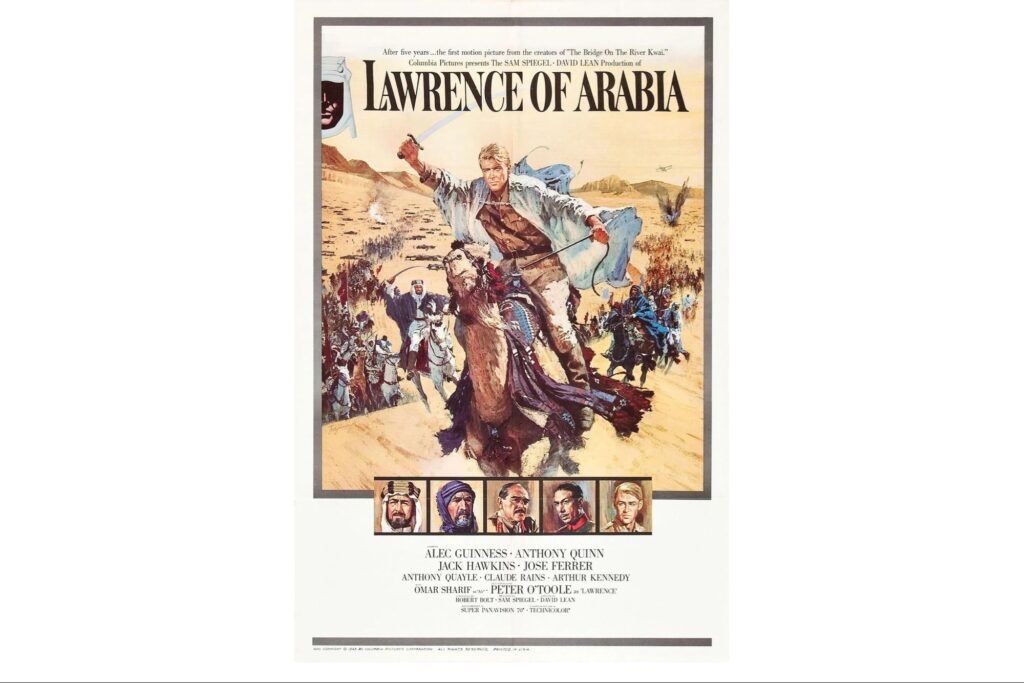
In 1962, audiences stepped into the desert and never forgot the view. Lawrence of Arabia wasn’t just a film; it was an experience that redefined epic storytelling. Peter O’Toole’s haunting blue eyes and Maurice Jarre’s sweeping score created a masterpiece of scale and spirit. It told the story of identity, empire, and conflict, but what people remembered most was its grandeur. Billy Joel’s lyric captures that cinematic awe, when movies were crafted with patience and passion. Every frame shimmered like a painting, every silence carried meaning. Families sat in dark theaters, transfixed by the sunlit sands of history. Lawrence of Arabia remains a timeless reminder of when cinema reached its peak, a testament to what happens when artistry meets ambition, and a story that still leaves footprints in the imagination decades later.
39. Beatlemania
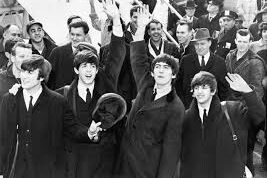
The world changed in February 1964 when four lads from Liverpool stepped off a plane and into history. The Beatles sparked Beatlemania, a frenzy that swept across continents and transformed pop culture forever. Teenagers screamed, fainted, and followed every word, while parents stood bewildered at the tidal wave of joy. Billy Joel’s mention captures that explosion of youth energy, when rock and roll stopped being rebellion and became identity. The Beatles’ sound, charisma, and style redefined cool, inspiring fashion, language, and dreams. It wasn’t just music; it was movement. Every concert, every television appearance, felt like history unfolding in real time. Beatlemania remains one of the purest expressions of cultural unity, when rhythm became religion, and the world learned that sometimes, all you really need is love.
40. Ole Miss
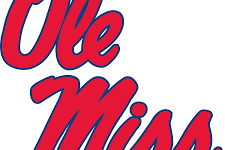
The 1962 integration of the University of Mississippi, known as Ole Miss, was a flashpoint in America’s struggle for civil rights. When James Meredith became the first Black student to enroll, violent riots erupted, leaving two dead and many injured. The moment was raw, painful, and defining. Billy Joel’s mention of Ole Miss reminds listeners that history isn’t just joy; it’s conflict, courage, and change. The event forced the nation to confront its conscience, proving progress often arrives with resistance. Though heavy, it’s part of the same story that celebrates heroes and hope. Ole Miss stands as a symbol of perseverance, a reminder that equality is earned through struggle. Joel’s inclusion connects the triumphs and tragedies of the 20th century, showing that nostalgia isn’t about forgetting, but remembering how far we’ve come and what it cost to get there.
41. John Glenn
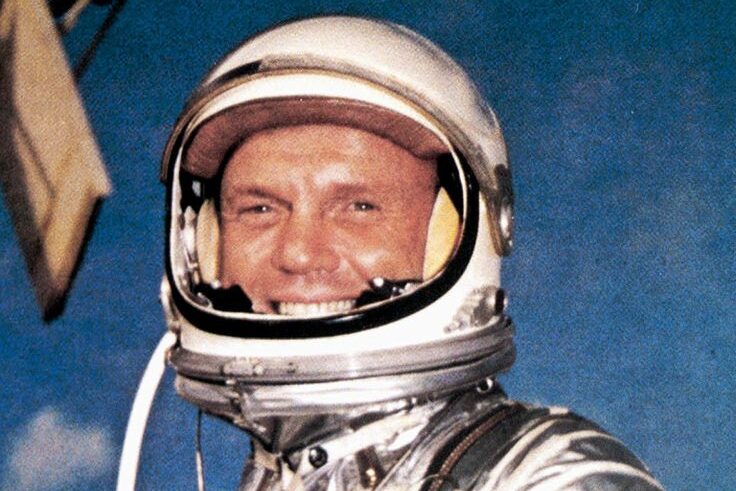
When John Glenn orbited the Earth in 1962, the world held its breath. He wasn’t just an astronaut; he was a symbol of American courage, curiosity, and possibility. Watching him circle the planet felt like witnessing the future unfold. Classrooms paused, televisions flickered with pride, and kids dreamed of touching the stars. Billy Joel’s lyric immortalizes that sense of wonder, when space wasn’t cold science but pure imagination. Glenn’s smile on his return said everything about human achievement and humility. He later became a senator, continuing his service to the country he inspired. His story stands for perseverance and grace under pressure. Glenn didn’t just orbit Earth; he lifted spirits skyward, proving that exploration is more than distance—it’s belief. His journey made the impossible feel within reach, one orbit at a time.
42. Sonny Liston Beats Patterson
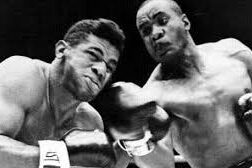
When Sonny Liston defeated Floyd Patterson in 1962, it was more than a boxing match—it was an upheaval of expectations. Liston’s power seemed unstoppable, his presence intimidating. The victory symbolized a shift in the sport, marking the end of one champion’s reign and the rise of another. Fans watched in awe as he knocked Patterson down twice in the first round, claiming the heavyweight title with sheer dominance. Billy Joel’s lyric remembers that moment as one of raw intensity, when sports mirrored the social tensions of the era. Liston’s triumph carried both admiration and controversy, reflecting a time when every public event seemed to pulse with deeper meaning. It was strength, struggle, and spectacle rolled into one unforgettable night.
43. JFK
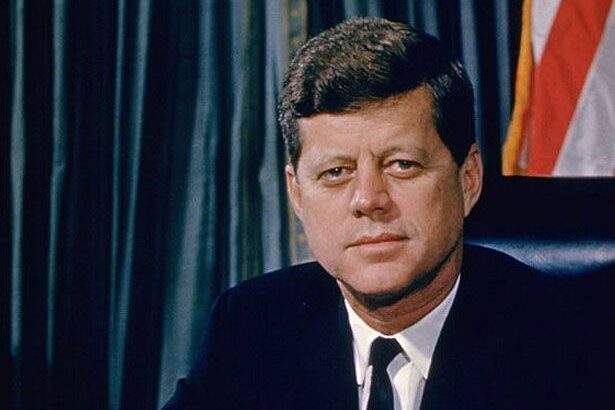
John F. Kennedy embodied the youth and optimism of the early 1960s. His smile, speeches, and vision for a “New Frontier” made America believe in possibilities again. Then, in November 1963, tragedy struck in Dallas. The assassination of JFK shattered innocence, marking the end of an era defined by hope. Billy Joel’s lyric captures that heartbreak, the collective moment when millions felt the world stop. Kennedy’s words—“Ask not what your country can do for you”—still echo, symbolizing leadership grounded in purpose. His presidency became myth, his loss became memory. For many, JFK’s image remains the last snapshot of pure idealism in politics, a reminder of what unity once looked like. His legacy endures, not in power, but in the dream of what could have been.
44. Moonshot
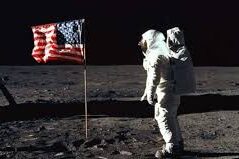
In 1969, humanity reached beyond imagination and touched the stars. When Neil Armstrong stepped onto the Moon, every family with a television watched in stunned silence. “That’s one small step for man, one giant leap for mankind,” he said, and history tilted forward. Billy Joel’s lyric remembers that shared heartbeat of awe, when science, faith, and ambition met under one endless sky. The Moonshot wasn’t just NASA’s victory—it was everyone’s. It proved that human will could overcome gravity itself. Kids played astronaut in their yards, and adults believed again in miracles made by math. The moment remains one of Earth’s proudest memories, forever etched in silver light.
45. Woodstock
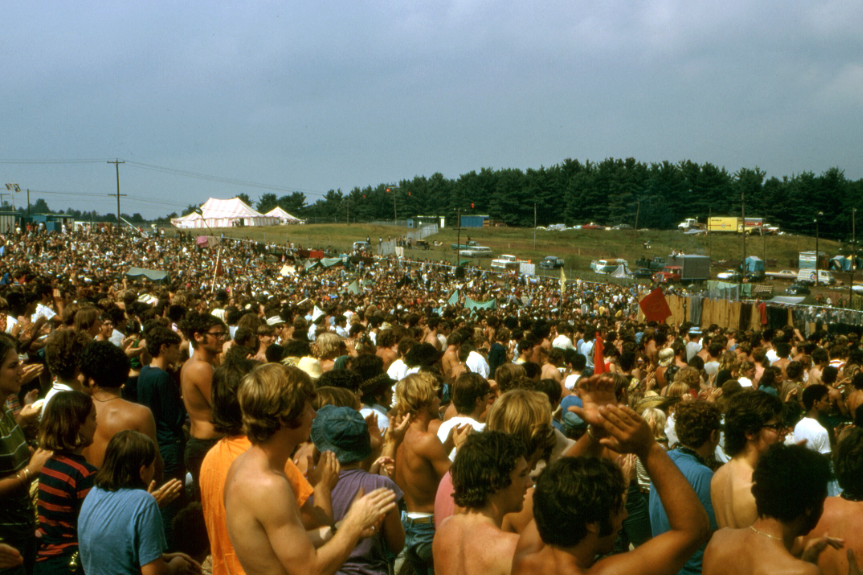
That same summer, half a million dreamers gathered on a muddy field in upstate New York for three days of peace and music. Woodstock became the symbol of an entire generation’s ideals—freedom, love, and unity. Bands like Jimi Hendrix, Janis Joplin, and The Who played as rain fell and spirits soared. Billy Joel’s lyric captures that cultural explosion, when music wasn’t just art but a declaration of hope. Despite chaos, the crowd stayed peaceful, proving that harmony could exist, even in disorder. Woodstock became more than a concert; it was a moment of pure human connection. Its legacy endures in every festival and protest that believes in music’s power to heal.
46. Watergate
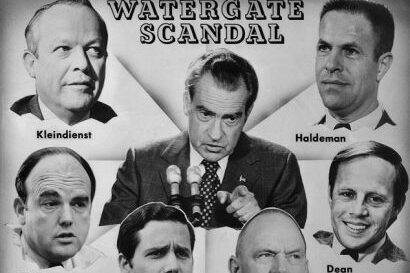
In the 1970s, America watched trust unravel through the Watergate scandal. When reporters uncovered corruption at the highest level, it changed how citizens saw government forever. Televised hearings exposed lies and cover-ups, and the word “Watergate” became shorthand for deceit. Billy Joel’s lyric doesn’t dwell on anger but acknowledgment—this was the decade’s reckoning. The scandal ended Richard Nixon’s presidency, but it also birthed a new kind of awareness, one less naive but more alert. It reminded the world that even democracy must answer to truth. Watergate wasn’t just about politics; it was about accountability, the painful lesson that freedom requires vigilance. Its shadow still stretches across every institution built on trust.
47. Punk Rock

By the late 1970s, the polished pop scene cracked open, and Punk Rock screamed through the noise. The Ramones, The Clash, and Sex Pistols turned rebellion into rhythm. The music was raw, fast, and loud, built on anger and honesty. It wasn’t about perfection; it was about power. Billy Joel’s lyric recognizes that shift, when youth stopped waiting for permission and created something new. Punk was energy without apology, a middle finger to conformity. Safety pins, leather jackets, and garage riffs became the soundtrack of frustration turned freedom. Even now, punk lives wherever someone picks up a guitar to shout the truth.
48. Wheel of Fortune
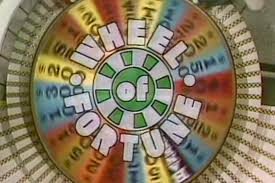
When Wheel of Fortune debuted in the 1970s, it brought families together every evening. Pat Sajak and Vanna White became fixtures of American living rooms, spinning letters into laughter. The colorful wheel, simple puzzles, and predictable joy turned trivia into comfort television. Billy Joel’s lyric captures that kind of everyday nostalgia—the small rituals that knit families close. For decades, Wheel of Fortune remained steady while the world changed, proof that familiarity can be as powerful as innovation. It wasn’t high drama or deep storytelling; it was togetherness, the kind you didn’t realize you missed until it was gone.
49. Sally Ride
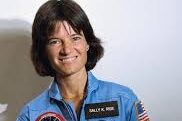
In 1983, Sally Ride broke through Earth’s atmosphere and history’s boundaries as the first American woman in space. Her quiet brilliance and courage inspired countless young girls to look upward and believe they belonged there too. Billy Joel’s lyric honors her not just as an astronaut but as a pioneer who redefined possibility. She showed that intelligence, curiosity, and calm determination could change perception forever. As she orbited Earth, she carried the dreams of a generation that finally saw itself represented among the stars. Sally Ride’s journey was proof that progress isn’t about who goes first, but about who keeps the door open for others to follow.
50. Heavy Metal
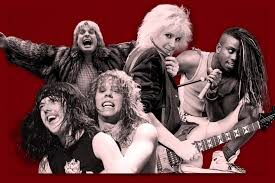
The roar of guitars and pounding drums of the 1980s gave rise to Heavy Metal, music that was fierce, loud, and unapologetic. Bands like Metallica, Iron Maiden, and Def Leppard filled arenas with sound and spectacle. Teenagers found release in its intensity, a rebellion that felt both dangerous and freeing. Billy Joel’s lyric nods to that electric energy, when noise became expression and passion became identity. Heavy Metal wasn’t just music; it was armor for a generation finding its voice. The long hair, leather jackets, and anthemic riffs still echo through nostalgia’s halls, proof that volume can sometimes say what words never could.
51. Cola Wars
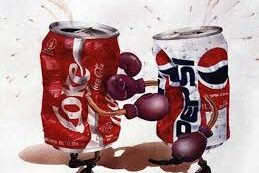
The 1980s ended not with bombs or battles, but with fizz. The Cola Wars between Coke and Pepsi turned marketing into cultural theater, each brand vying for the hearts of teenagers with pop stars, slogans, and spectacle. Billy Joel closes his song with this playful rivalry, showing that history isn’t always tragic, it can be refreshingly ordinary. Commercials became mini-movies, kids picked sides, and refrigerators became battlegrounds of taste. It was silly, harmless, and deeply human. By ending there, Joel reminded us that history isn’t just about power and pain; it’s also about what we share when we laugh. In the end, it’s the little things, the songs, the shows, the flavors that hold our collective memory together.


